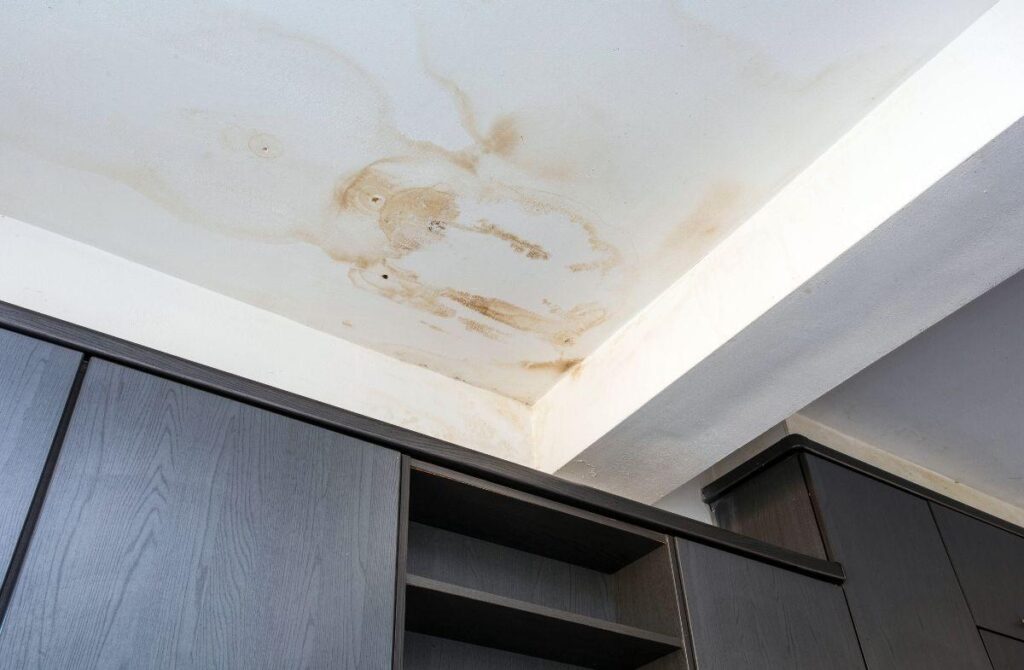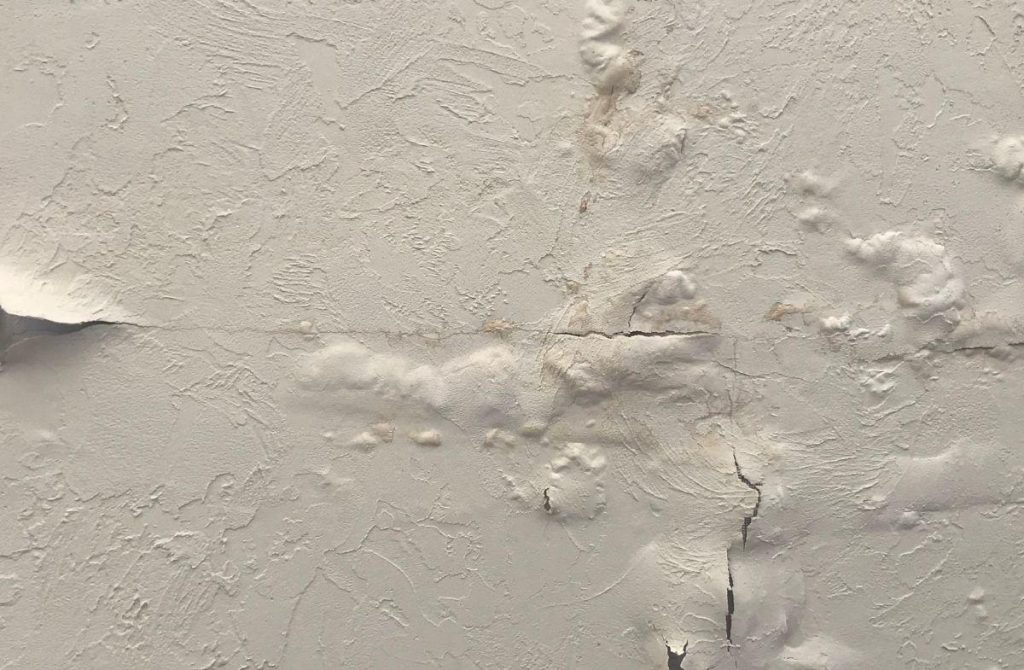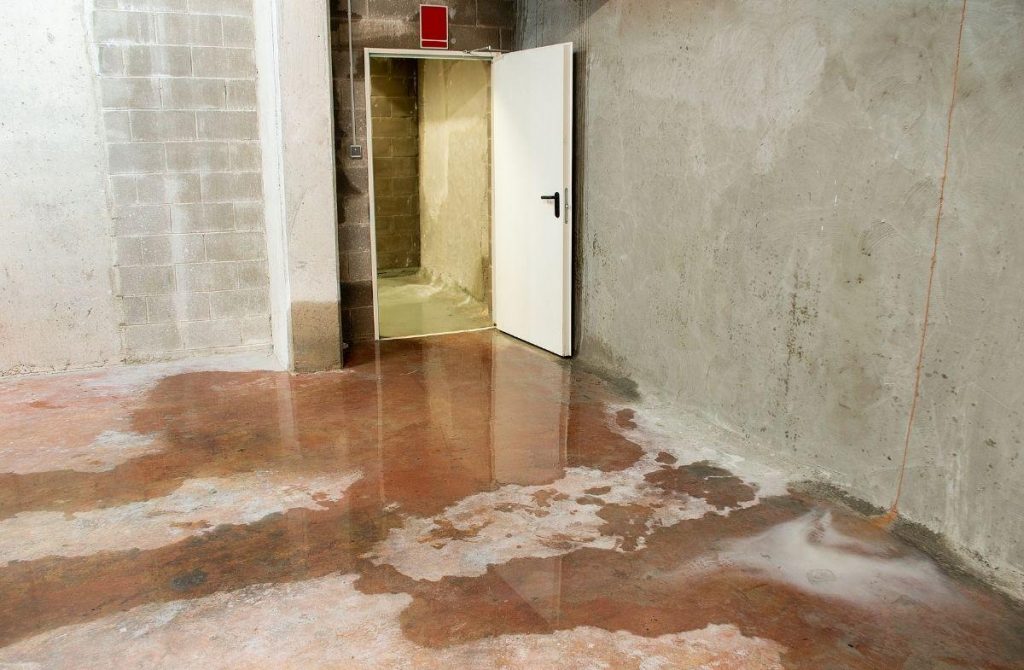
When you’re inspecting a potential new home, there are generally a few things you’re going to look at to decide whether it’s suitable for you. This includes the design, the layout, the size and the location of the home.
However, one thing that often gets overlooked is making sure the property is free from water damage.
Purchasing a new home with existing or potential water issues is something none of us want to have to deal with later on, as it can be a costly, ongoing problem. Unfortunately, not everyone is fortunate enough to discover the issue before signing the contract. For this reason, it’s important to know the signs of water damage that you need to look out for to make sure that you don’t make this mistake.
Why is waterproofing so important when inspecting a property?
In short, a properly waterproofed home is a safe home.
Water can cause significant damage to both the cosmetics of a home, as well as the foundations and structure of the property itself, too. Not only is this dangerous to the occupants, but it can take a considerable amount of time and money to fix these issues and restore the home to a liveable state again.
The last thing anyone wants to do is purchase their dream home only to find out later that it’s going to require extensive work upfront before it can even be considered safe again.
Waterproofing can also help to protect your property in the future. While there may not be any signs of water damage now, this can change over time and often without warning.
So, when inspecting your potential new home, there are certain signs that you should keep an eye out for that will help you to determine whether the property is susceptible to water issues or not.

What are the signs of property water problems to watch out for?
Finding any water-related issues in a home is often an indication that the property is either yet to be waterproofed or the job wasn’t done properly in the first place.
While slight damage can often be fixed and waterproofed to avoid reoccurrence, there are some signs that can suggest there’s more to the property’s water issues than meets the eye.
So, as you make your property decision, here are some of the signs to consider:
- Efflorescence
This is the deposit of crusty, white mineral salts that appear on various flooring surfaces, such as concrete and tiles, when moisture migrates through it. These salt deposits are often a sign that the waterproofing beneath is subpar, and can sometimes be considered a major structural defect in buildings.
- Rising Damp
Most houses will have a Damp Proof Course (DPC), an impervious barrier typically made from plastic or aluminium that is built into the walls to prevent damp from rising up the brickwork and damaging the property. If the DPC is not present or has failed, you will see damp above the DPC, mould, blistering paint and tiles coming loose from the wall.
- Cracks
Cracks in the foundations, floors and walls are often a sign that there is water placing pressure on the property’s structure. These cracks, when left unrepaired, can allow water to leak and infiltrate the home.
- Discolouration of the walls and ceiling
Visible stains on the interior and exterior walls and ceilings are most likely signs of a leak. Rust on metal surfaces also indicates prolonged exposure to water. Pay particular attention around and below wet areas such as the bathrooms, laundry and kitchen.
- Deterioration of materials
Flaking and peeling of paint, stained carpets, watermarks and sinking floors are all indications that there is a water-related issue that needs to be addressed. Windows and window frames are typical locations where these issues occur due to their exposure to rain and condensation.
- Musty smells
The awful musty odour you may sometimes smell in a home is typically the result of growing mould and mildew. This is due to high humidity or an accumulation of moisture, indicating previous, current, or possible water issues in the future. Mould can also trigger allergies and other health complications to the home’s occupants.
- Leaking roof and gutters
This indicator can sometimes be difficult to inspect on that bright and sunny home inspection day. But, if you happen to be able to visit your potential property on a rainy day, pay attention to gutters and downpipes. Any excessive overflow is a sign that these structures are not equipped to handle the water flow and may pool inward toward the house.
- Pests
If you notice a number of pests present in the house, such as cockroaches and flies, this may be an indication that there are moisture issues in the house.
- Pool water level
Again, inspecting the pool or water feature’s water level is difficult to do in one or two house inspections. But a low water level, a hose placed into the pool or an excessively damp adjacent garden space may be an indication that the pool has a waterproofing issue. You may also ask for recent water bills to see if these show any abnormally high levels of water usage.
- Water pooling
Water travels to where it can flow and, typically, this is downhill. Inspect lower areas of the house such as basements and garages for any excess water. Pay attention to the slope of the land and how the garden looks – if the high side is dry whilst the low side is lush and green, there may be an issue.
Understanding these signs can enable you to determine which properties are worth considering and which ones might not be worth the effort.

What’s the best way to tackle water issues in the home?
If, after inspection, you’ve decided that the home you’re looking at is worth purchasing, that doesn’t mean that you should no longer continue to keep an eye out for any water-related issues in the future.
It’s important to make sure that your new home is adequately waterproofed and that you perform routine maintenance around the home to ensure that any water doesn’t get the chance to collect and cause significant damage.
Plus, with Scientific Waterproofing Products (SWP), you’ll never have to do this alone.
We can help with all your waterproofing, restoration and maintenance needs. Our extensive range of cement-based waterproofing products are made from high-quality raw materials, backed with a 10-year product warranty and supported by a local team of experts who are just a phone call away.
Together, we can protect your home, now and in the future.
Get the right waterproofing solutions for your home
At SWP, our team is here to provide you with the right waterproofing solution for your unique situation. We offer a number of Drizoro cement-based waterproof coatings for all your maintenance or restoration requirements.
If you’ve got any questions or issues around waterproofing, or you’d like to find out which product is best for your needs, contact us today!
You can also check out a list of local Drizoro resellers and applicators here.